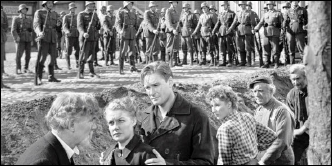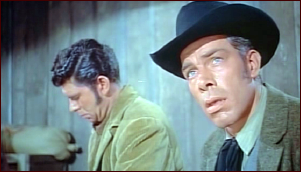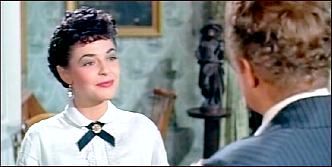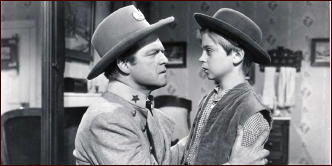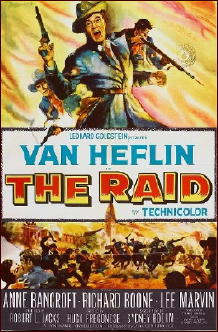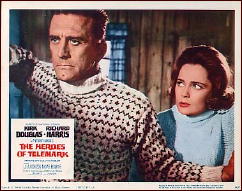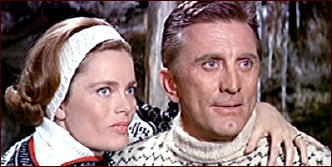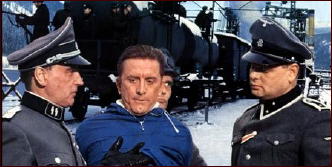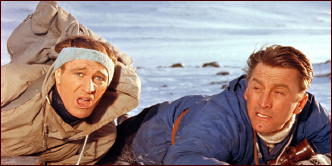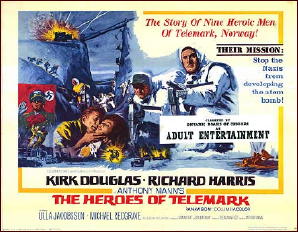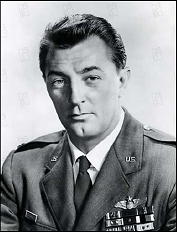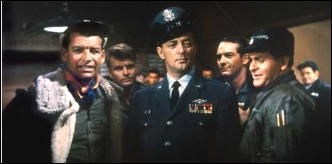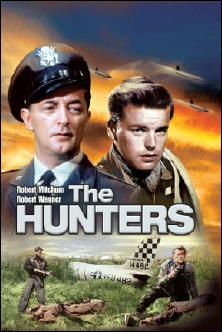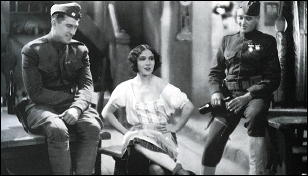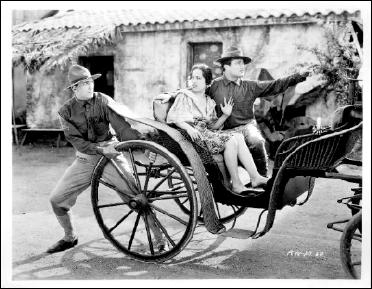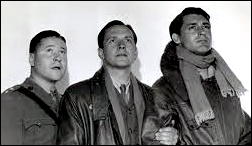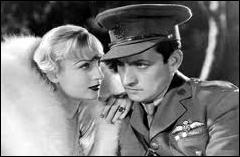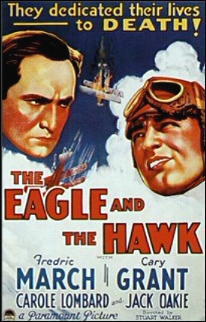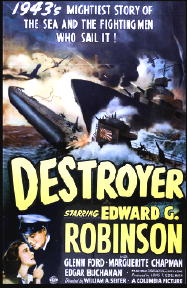Reviewed by DAVID VINEYARD:

THE SMALL BACK ROOM. The Archers / British Lion Film Corporation, UK, 1949. Released in the US as Hour of Glory (1952). David Farrar, Kathleen Byron, Jack Hawkins, Michael Gough, Cyril Cusak, Leslie Banks, Sidney James, Robert Morley, Geoffrey Keen, Anthony Bushell, Renee Asherson. Based on the novel by Nigel Balchin. Cinematography: Christopher Challis. Written and directed by Michael Powell and Emeric Pressberger
The small back room of the title is in a once tony Park Lane building where myriad agencies including Professor Mair’s Research Section are situated. It’s just one of dozens of similar wartime sections belonging to no one in particular and answering to no one save a handful of civil service bureaucrats, politicians, and ministry officials, all maneuvering for influence, power, and glory. It’s 1943, and amidst the war petty politics and back stabbing still go on.

Boffin Sammy Rice (David Farrar, Black Narcissus, 300 Spartans, Meet Sexton Blake), is above all this. All he wants is to do his job, contribute, romance his girl Suzy (Kathleen Byron), and find some way to dull the pain and the shame caused by his tin leg.
He’s content to run his section and use Suzy as a vent for the anger his constant pain causes, which only makes him feel guilty and more useless. An expensive bottle of Scotch he keeps in his apartment in plain view is the one escape, not to kill the pain — neither it nor the dope the doctors give him will do that — but to make him forget. He has sworn not to touch it, though he does get drunk in a local pub owned by ex-boxer Knucksie (Sidney James). That bottle is a symbol of more than his pain, it also symbolizes the life he has bottled up in its smoky depths as well.

As the film opens Lt. Stewart (a young Michael Gough) of the bomb disposal unit arrives at Professor Mair’s section with a top secret problem soon assigned to Sammy; a booby trapped device being dropped by the Germans that has so far killed three boys and one man. It may be aimed at children to demoralize the British populace, but so far they haven’t found a live one to study, and when they do they need a man like Sammy to tell them how to handle it.
Meanwhile everything is complicated by Sammy’s problems, political back-fighting led by R. B. Waring (Jack Hawkins), the glad handing minister whose purview the section falls under, Mair’s incompetence, a soldier tech with a problematic wife (Cyril Cusak), and Suzy’s growing anger that Sammy will not stand up and fight for what he knows is right but hides behind his pain and that unopened bottle of Scotch.
The Archers of course were directors, producers, and screenwriters Michael Powell and Emeric Pressberger (The 49th Parallel, Black Narcissus, A Matter of Life and Death, The Red Shoes, to name a few classics) who adapted this version of the novel by Nigel Balchin (Mine Own Executioner and the screenplay for The Man Who Never Was), a British novelist whose works in the manner of Nevil Shute were both suspense novels as well as serious mainstream novels. This is one of his best remembered novels and a fine example of his abilities.

There’s an exceptional cast for this one, even in bit roles: Robert Morley, Geoffrey Keen, even Patrick Macnee gets a closeup if no dialogue, and Farrar, Byron, Gough, Hawkins, Cussak as a stuttering technician, Anthony Bushell as a bomb disposal officer, and Renee Asherson as a corporal assigned as stenographer to a bomb disposal unit are all outstanding. Asherson has a fine scene where she reads the last instructions dictated from the site where an officer was killed trying to defuse the bomb to Farrar who will be the next man to attempt it. It’s a thousand times more effective than filming the scene itself could have been.
Christopher Challis’s cinematography must be mentioned as well; the location shots capture much of the wildness of some of the remote regions the booby-trapped devices carry Sammy and Stewart to, as well as the claustrophobia of crowded pubs and nightclubs with blacked out lights, tiny labs in the small back rooms of the title, and without the usual scenes in bomb shelters or footage of burning London, sketching in the aura of wartime England subtly. As it likely was for most ordinary people in London and the rest of the country, the war is always a presence even when it isn’t at the forefront.

One outstanding sequence in the film is a surrealistic waking nightmare as Sammy waits for Suzy, the only person who can distract him from his pain, and must battle not only his pain, but the attraction of the bottle. As the clock ticks maddeningly, his pills fail him, and the bottle looms larger and larger until he even sees its outline in the pattern of the wallpaper, he breaks down.
It’s a nerve-wracking scene, and wrenching to watch the otherwise taciturn and stoic Farrar deteriorate before your eyes. It’s as uncomfortable as anything in The Lost Weekend and as surreal as the famous Salvador Dali sequence in Hitchcock’s Spellbound, and the shadows and light interplaying on that craggy face make some memorable impressions. There is a moment when in his pain he stamps down on the tin leg to crush the pills and the agony on his face is palpable.
It won’t take much imagination or provide much of a challenge to know Sammy will end up defusing one of the booby trapped devices, the twin of one that has already killed, and with a hell of a hangover, in a climactic scene of tension, or that doing so will decide his future and the fate of his relationship with Suzy, but that is dramatic structure and there is no way around it in book or film, even if anyone was silly enough to want one. It’s a tense scene and all involved wring every sweaty drop of fear out of it.
Neither the film nor the book is as well known here as it was in England, but if you can find the trade paperback edition I recommend both it and Balchin’s Mine Own Executioner (also an excellent film with Burgess Meredith and Kieron Moore) highly. And if you know the work of the Archers, especially of director Michael Powell, then that alone is enough to recommend the film.
And for what it’s worth Farrar was a cousin of mine, and we share the family nose, no small connection, so forgive me if I think it is one hell of a performance for an actor who a few years before was playing Sexton Blake in B films.
